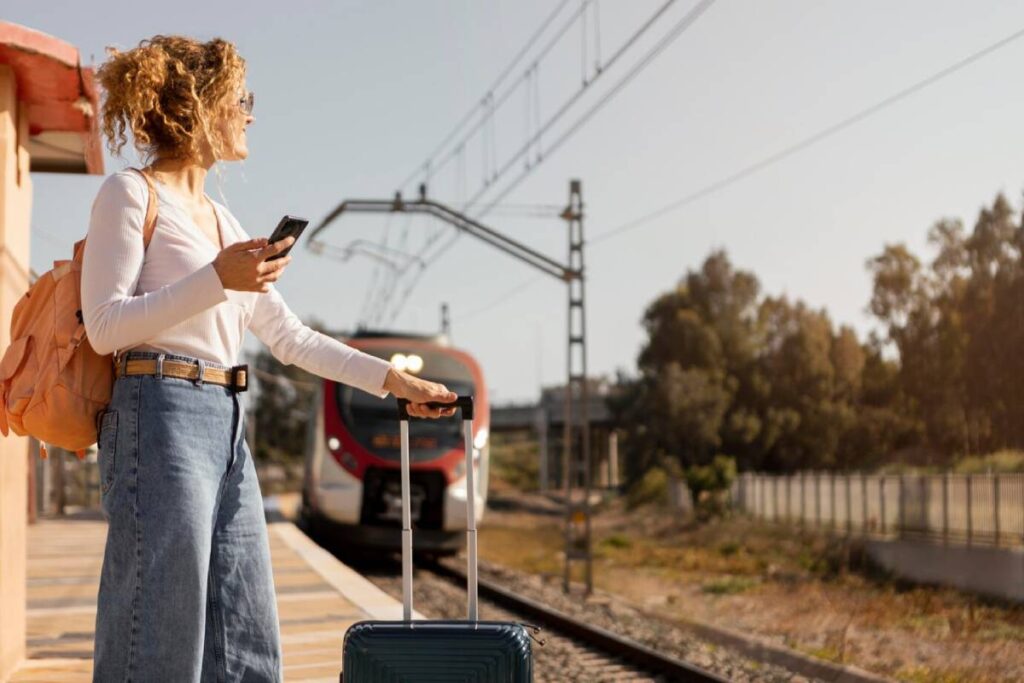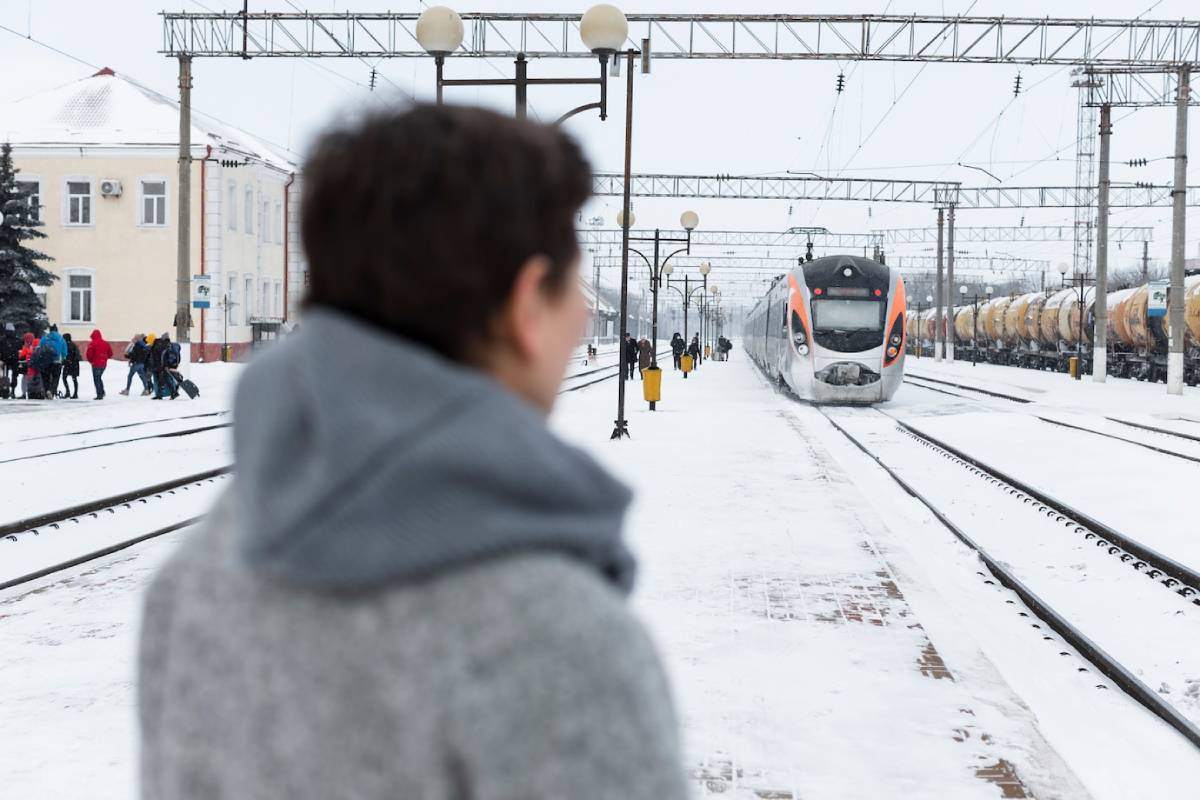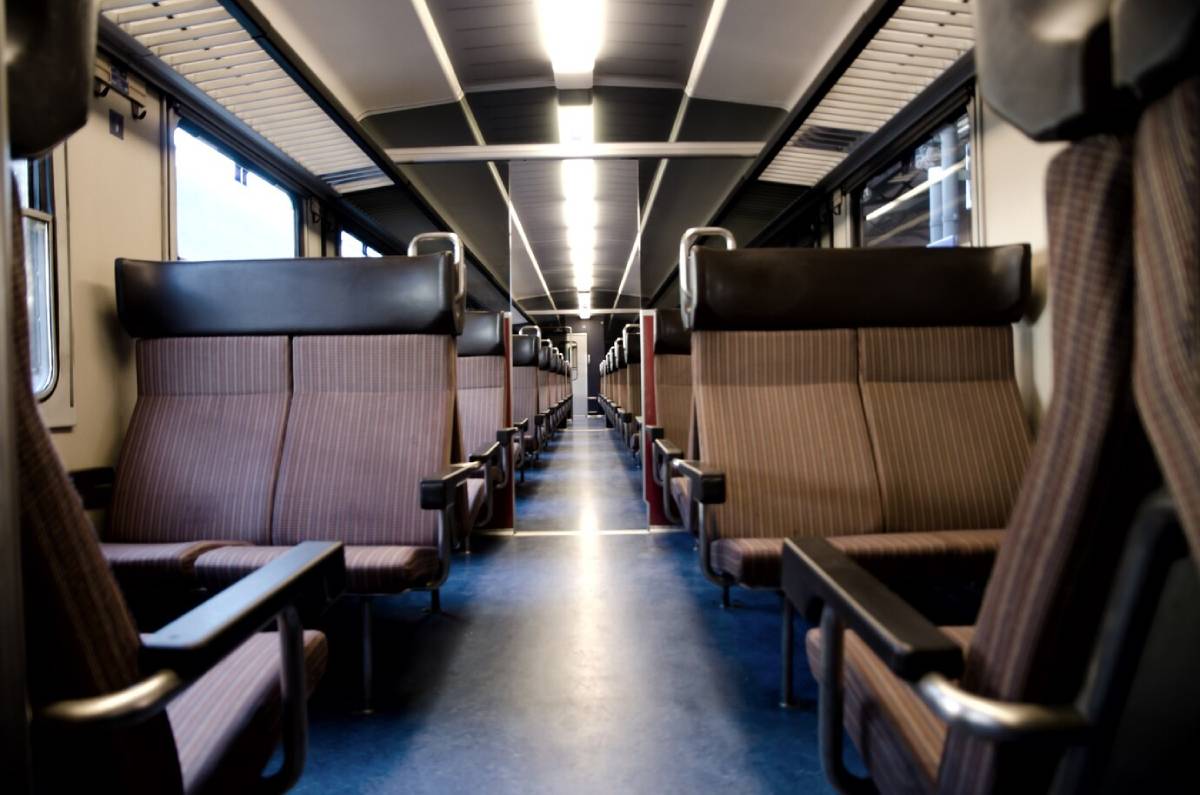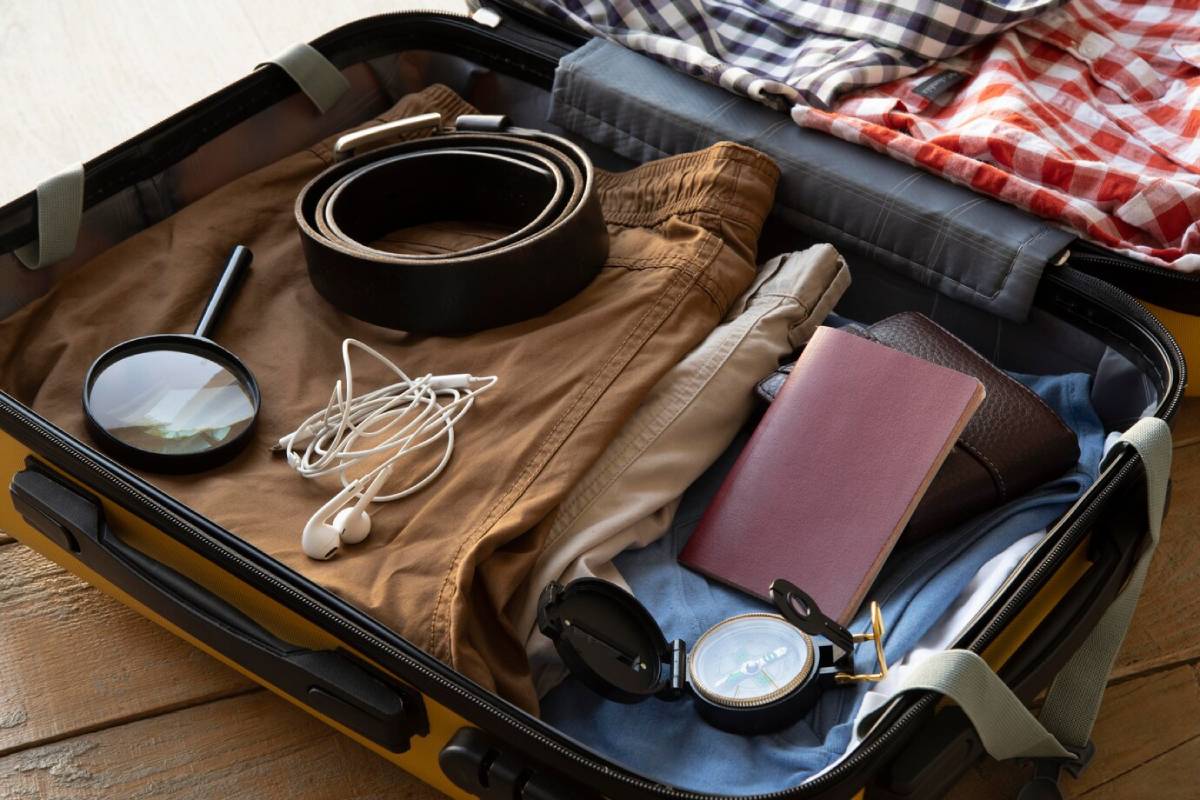Travel Blogs

Exploring Europe by Train: A Sustainable Travel Guide
Planes are quick, but trains provide something better. They offer a cleaner, slower, and more scenic way to travel. As climate awareness grows, more travellers are choosing options that reduce harm and add meaning. That’s why eco-friendly train travel is on the rise.
Europe’s rail network is one of the best in the world. It’s efficient, comfortable, and filled with stunning views. Taking the train, whether to big cities or small towns, lowers your carbon footprint. It also enriches your journey.
In this guide, we’ll look at the main benefits of sustainable transport in Europe. We’ll also help you plan your trip and share helpful green travel tips. If you’re looking to travel smarter and better, this is where to start.
Why Train Travel Is More Sustainable

Lower Emissions
Train travel produces far fewer carbon emissions compared to flying or driving. A long-distance train can emit up to 90% less CO₂ than a short-haul flight.
Energy Efficiency
Electric trains are among the most energy-efficient modes of transport. Many trains in Europe now use renewable energy. This is especially true in Switzerland, the Netherlands, and France.
Reduced Infrastructure Impact
Trains use existing rail lines and reduce the need for large highways or new airports. This helps keep green space intact.
Less Air and Noise Pollution
Unlike planes and cars, trains don’t emit pollution directly into neighbourhoods. They’re also much quieter, making them better for both people and wildlife.
The Benefits of Exploring Europe by Train
Scenic Journeys
From alpine lakes to rolling vineyards, train travel puts landscapes front and centre. You can enjoy the views instead of watching a GPS or waiting in traffic.
Central Locations
Trains arrive in the heart of the city, saving you the long commute from faraway airports.
Comfort and Flexibility

Train seats offer more space than economy flights. You can move around, stretch your legs, and even enjoy a meal or a glass of wine while in motion.
No Hidden Fees
Forget about luggage charges or expensive airport transfers. With trains, the price you pay is often the full deal.
Time-Saving on Short Routes
By the time you factor in airport check-ins and delays, a train can often be faster than flying on routes under 1,000 km.
Top Rail Routes for Eco-Friendly Travel
1. The Glacier Express (Switzerland)
Ride through the heart of the Alps with sweeping mountain views. The route links Zermatt and St. Moritz. It is famous for its panoramic windows and high-altitude charm.
2. The Bernina Express (Switzerland to Italy)
Another Alpine gem, this route connects Chur in Switzerland with Tirano in Italy. It crosses 196 bridges and passes glaciers, lakes, and alpine meadows.
3. The Rhine Valley Line (Germany)
Follow the river through vineyards, forests, and medieval castles. Stop in charming towns like Bacharach or Boppard.
4. The West Highland Line (Scotland)
One of the most dramatic rail rides in the UK. Pass lochs, mountains, and viaducts made famous by the Harry Potter films.
5. The Oslo to Bergen Route (Norway)
See snow-covered forests, fjords, and waterfalls on this route through Scandinavia.
6. The Barcelona to Seville AVE (Spain)
A quick and eco-friendly trip across Spain links two amazing cities and cuts travel emissions.
How to Plan a Greener Rail Trip in Europe
Choose a Rail Pass
- Eurail Pass (for non-Europeans)
- Interrail Pass (for EU residents)
These passes provide flexibility and access to many countries. They also offer discounts for youth and seniors.
Use Green Booking Platforms
Websites like RailEurope, TheTrainLine, and Seat61 help you plan routes and buy e-tickets. This cuts down on paper waste.
Travel Off-Peak
Avoid the busiest times to enjoy a quieter ride and reduce the strain on resources.
Prioritise Direct Routes
Taking fewer connections reduces emissions and makes your trip more relaxing.
Travel Light

Lighter luggage means less energy needed to transport it. It also makes hopping on and off trains much easier.
What to Pack for Eco-Friendly Train Travel
- Reusable water bottle
- Reusable cutlery and food container
- Tote bag for shopping
- Eco-friendly toiletries
- E-reader or books to avoid waste
- Light jacket or scarf for comfort
Where to Stay: Sustainable Accommodations Near Train Routes
Many European cities now promote eco-certified hotels. Look for Green Key, EU Ecolabel, or Bio Hotels certifications. Choose:
- Locally-owned B&Bs
- Green hostels
- Eco-lodges near nature trails
Staying close to train stations helps reduce the need for taxis or extra transport.
Green Travel Tips for Every Stop
Walk or Cycle First
Most European cities have excellent bike rentals and pedestrian areas. Use them to cut your footprint.
Use Local Transit Cards
Cities like Amsterdam, Berlin, and Vienna offer all-in-one passes for buses, metros, and trams.
Support Sustainable Businesses
Choose cafés that source local produce or shops that sell handmade goods.
Learn Local Recycling Rules
Each country does it differently. A quick Google search can help you recycle properly during your stay.
Sample Itinerary: 2 Weeks of Sustainable Train Travel
Day 1–3: Amsterdam
- Arrive by train from London or Brussels
- Use bikes and trams to get around
Day 4–6: Cologne
- Scenic Rhine journey from Amsterdam
- Explore on foot, visit local markets
Day 7–9: Zurich to Lucerne
- Ride the Gotthard Panorama Express
- Stay at an eco-lodge by the lake
Day 10–12: Milan to Florence
- Take a high-speed Frecciarossa train
- Join a local food or art tour
Day 13–14: Barcelona
- Reach Spain by night train or via Montpellier
- Walk the city and visit sustainable food spots
Personal Story: How Rail Travel Changed My Mindset
When Anna planned her first train trip across Europe, she expected delays and hassle. But what she found was peace. No long queues. No jet lag. She saw how the land changed from north to south — from tulip fields in the Netherlands to olive groves in Italy.
She met locals, read more, and travelled slower. “It was the first time the journey felt as special as the destination,” she said.
Challenges and Solutions
Train Delays
Yes, they happen. But you’re still saving emissions — and you often get to wait somewhere scenic.
Cost
Book early and use regional trains. Many are much cheaper than flights when booked in advance.
Language Barriers
Apps like Google Translate and basic phrase guides help. Most major stations have English signage.
Useful Tools and Apps
- Rail Europe: Plan routes and buy tickets
- Rome2Rio: Map your journey door-to-door
- Trainline: Fast mobile booking
- HappyCow: Find plant-based food near stations
- Bahn.de: Germany’s national train system with reliable info
- TheTrainline App: For real-time schedules across Europe
The Sustainable Future Is on Rails
Europe’s trains are more than a way to get around — they’re a key part of a sustainable future. They reduce emissions, connect people, and enrich the experience of travel.
Choosing trains isn’t just about going green. It’s about slowing down, being present, and embracing the journey.
So, where will your next train take you? Share your dream route or past rail story in the comments. And let’s move forward — one track at a time.









